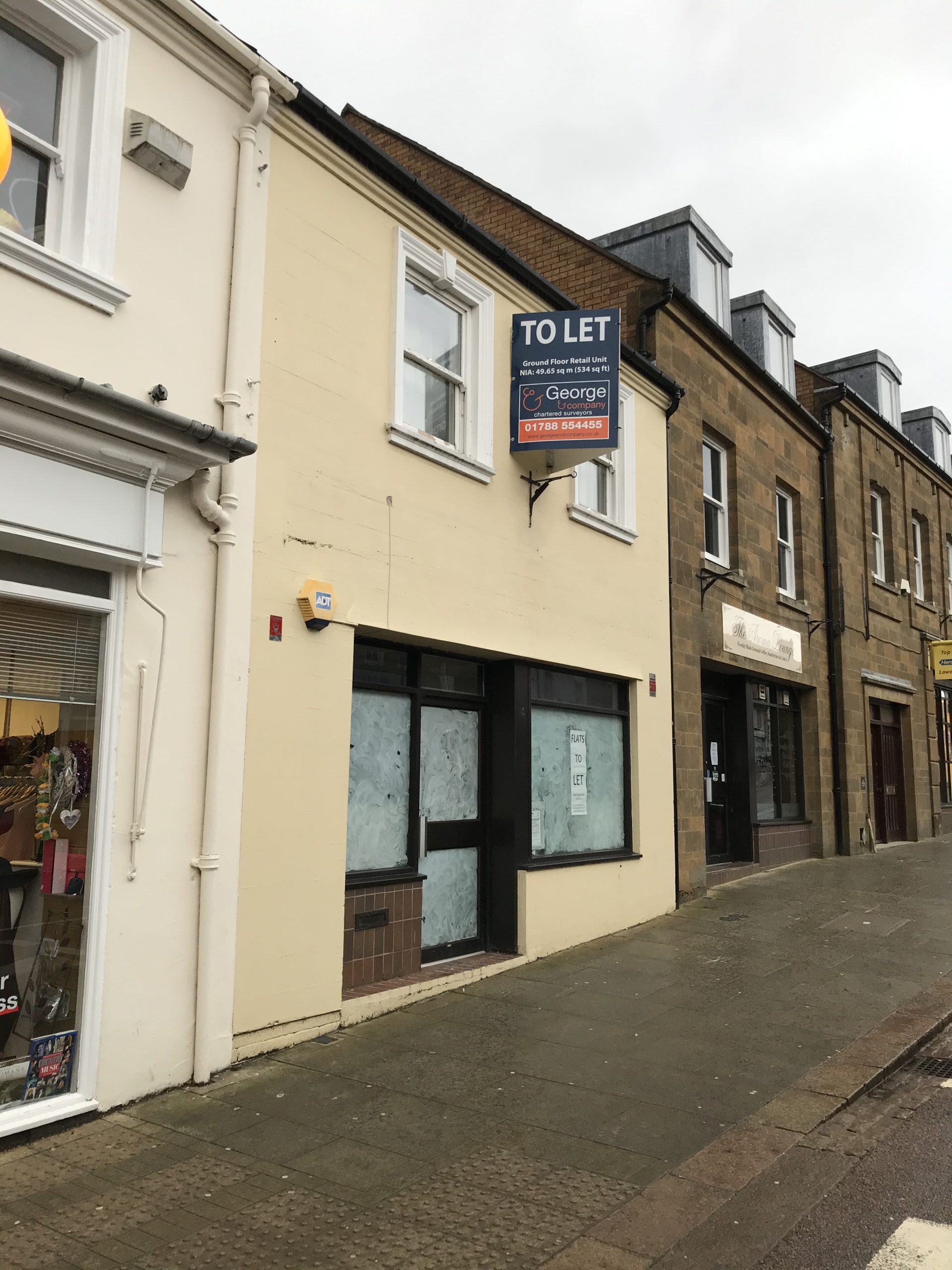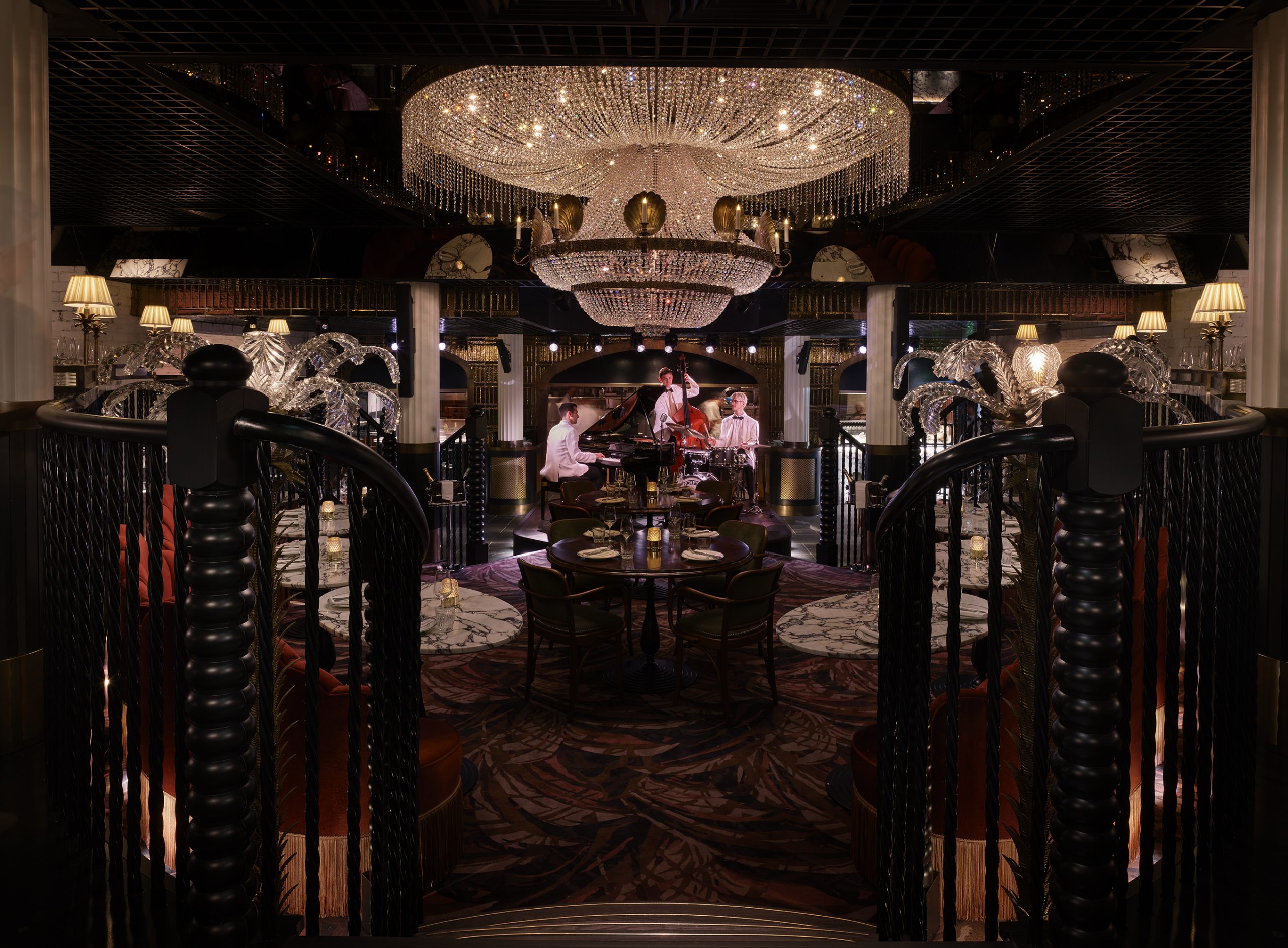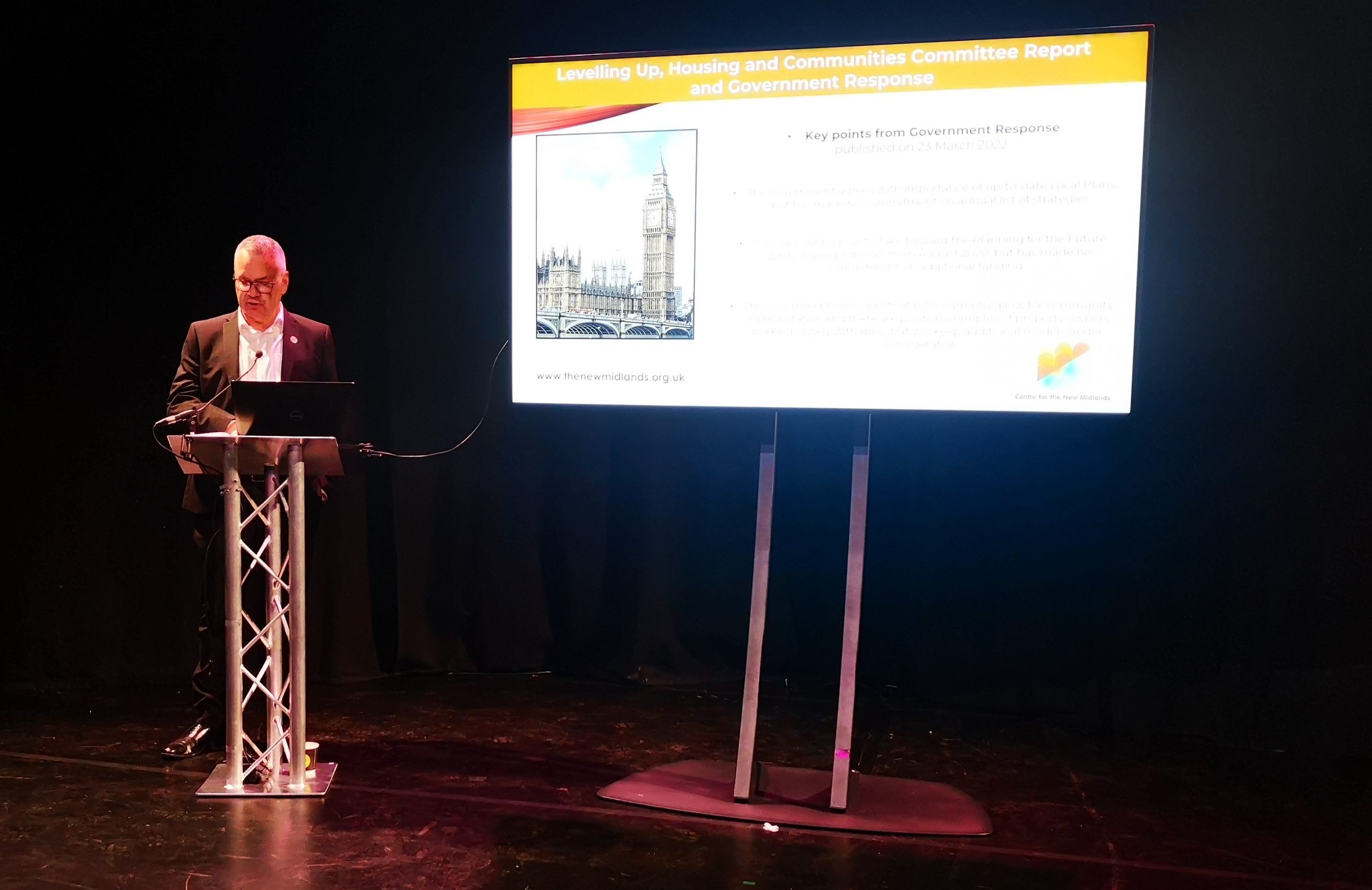
Can we save our town centres?
Last week, Calum Wilson and Roy Hammond spoke at the Northamptonshire Construction Property Forum. In a region where our High Streets and town centres are suffering, they posed the question…how do we save our town centres?
Prohibitive business rates, high rents, exorbitant parking costs, not to mention out of date and inflexible planning procedures – all seemingly sounding the death knoll for UK high streets. That’s only half of it of course – all experts will agree that it is the change in our own shopping habits, with online shopping accounting for nearly 20% of all purchases (and only set to rise), that represents the biggest threat to town centres as we know them.
With national vacancy rates standing at 10.2%, the future of the traditional town centre is looking rather bleak. Big household names – BHS, M&S, Debenhams, House of Fraser and now Beales – have been disappearing from key town centre locations – leaving rather sizeable retail spaces vacant. For consumers, this means reduced customer experience and little incentive for return visits. Ultimately this is a fundamental threat to the existence of town centres and high streets as we know them.
On average town centres throughout the UK have lost 8% of their shops since 2013. And some have been hit worse than others, with Northampton losing M&S to Rushden Lakes, having already lost BHS and House of Fraser. Further north, Stoke on Trent has lost nearly 25% of its town centre shops in just five years.
It’s clear that our planning system and planning policy is not sufficiently flexible to respond effectively to town centre decline and rapid change in shopping habits. Policies have been restrictively designed to prevent changes of uses away from retail to other town centre recognised uses – and this simply isn’t going to work in the long term!
With the new Government announcing that it ‘has its sights’ firmly on the English planning system, there could be big changes ahead! The High Streets Task Force (HSTF) – a government initiative made up of retailers, academics, planners and developers – is on the case, promising to help revitalise town centres. Professor Cathy Parker is co-chair of the Institute of Place Management (IPM) and helps lead the High Streets Task Force. She is an expert in the development of retail – and in her view, it’s been integral to town centres, but they are about much more than shopping. The task force recognises town centres need to be repurposed to reduce reliance on retail as the anchor to draw people in. If we replace retail floor area with other activities including leisure, cultural, public uses and residential this will create a new incentive for people to visit town centres, increasing footfall and long term investment.
The HSTF’s focus on breathing life into our high streets has already started. Just last month the government announced the first 14 areas that will get £25 million funding each to regenerate their high streets and town centres through the Future High Streets Fund. In total 101 places will benefit from the Future High Streets Fund, designed to help businesses across the UK get a ‘vital edge’ with expert training and support.
And we can already see that taking action yields huge success stories. In Northampton, the answer may lie in St Giles Street. With a range of small, independent businesses from barbers to restaurants it is – despite a handful of empty units – starting to feel more prosperous. Northampton Borough Council is also making efforts to revitalise the town centre. While progress is slow, a new board has been created to tackle some of the the town’s long-standing issues of shop closures and poor footfall. Northampton Forward comprises public and private sector organisations, is seeking to bid for a slice of the government’s £620m Future High Streets Fund in order to improve areas including the Market Square and a section of Abington Street.
Further north, just eight years ago, Altrincham town centre had a 30% vacancy rate, earning the Lancashire town the label, ‘Britain’s biggest ghost town.’ The council set up Altrincham Forward, producing a Town Centre Business Growth Programme as a strategy for improvement. With £6 million spent on public realm improvements, plus improvements to shop front, loans for traders to invest in their businesses and the creation of a gateway transport hub, footfall is up 25% since 2010. With 25 new bars and restaurants, shop vacancies down by 75%, and people now living in the town centre, this surely is a blueprint for town centre regeneration done well.
And this follows the model that the task force is championing – that to survive and thrive, High Streets need to adapt. Places need to understand their function and the things that draw people in to the town centres – and thats not just about the same old powerful retail chains in every town. Its about creating places and spaces where you can ‘work, rest and play’ – coined by Parker as the Mars Bar approach!



